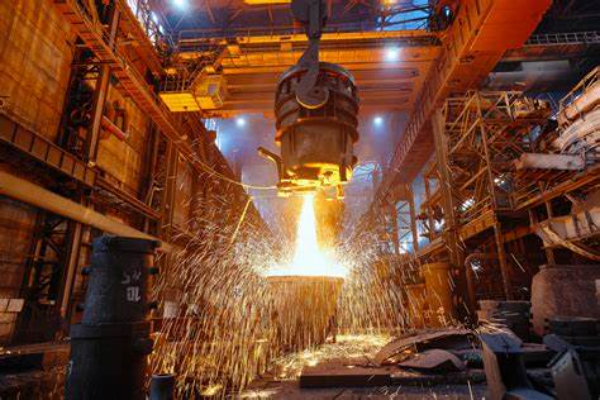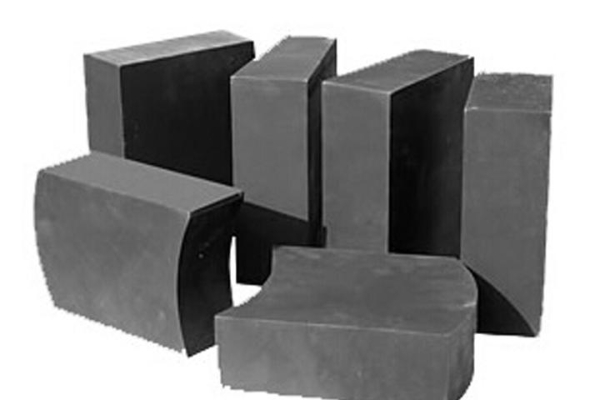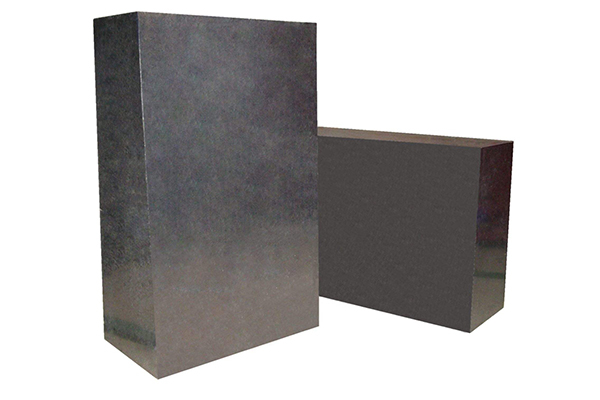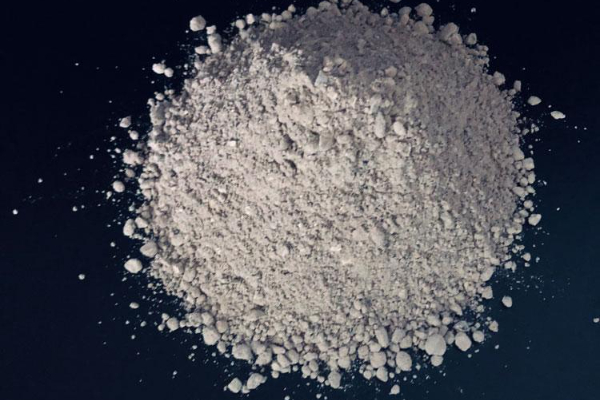고로에 일반적으로 사용되는 탄소 내화물
고로에 일반적으로 사용되는 탄소 내화물에는 주로 탄소 벽돌이 포함됩니다., 흑연 탄소 벽돌, 흑연 탄화 규소 벽돌, 자체 결합 또는 질소 결합 탄화규소 벽돌 및 래밍 재료.

고로용 탄소내화물의 장점
① 높은 내화도 (탄소는 350C에서 승화됩니다.), 용광로 온도에서 녹지도 연화되지도 않습니다..
② 열팽창 계수가 작음, 넓은 온도 범위에서 우수한 부피 안정성.
③ 탄소포화용융철은 탄소벽돌을 적시지 않는다., 특정 냉각 조건에서, 슬래그는 탄소질로 라이닝의 침식이 거의 없습니다..
④ 열전도율과 전기전도율이 높다.. 로바닥 및 로난로에 사용시 냉각기의 효율을 충분히 발휘할 수 있습니다., 이를 통해 퍼니스 라이닝의 수명을 연장하고 번스루(burn-through)를 방지합니다..
⑤ 절삭성이 뛰어나며 치수 공차가 매우 작아 특수한 형상의 제품으로 제작이 가능하여 조적 요구 사항을 충족시킵니다..
일반적으로 사용되는 고로 탄소 내화물
실리콘 카바이드 벽돌

실리콘 카바이드 벽돌은 열 전도성이 좋습니다., 작은 팽창 계수, 높은 고온 강도, 작은 크리프 변형, 슬래그에 대한 우수한 저항성, 용철 침식 및 부식, 탄소질 재료보다 내산화성이 우수합니다.. 주요 문제는 알칼리 금속 부식에 강한 바인더를 찾는 것입니다.. 질화물과 결합되거나 자체적으로 결합된 탄화규소 내화물도 있습니다.. 로 본체 하부의 수명을 연장하려면 탄화 규소 벽돌이 선호됩니다..
알루미늄 탄소 벽돌
용광로용 알루미늄 탄소 벽돌은 고품질의 고알루미나 보크사이트와 흑연을 주원료로 만들어집니다., 소량의 탄화규소와 첨가제를 첨가한, 그리고 수지를 바인더로 사용. 눌러 성형한 후, 고형화되어 구워져 제품이 됩니다.. 고온 저항 특성을 가지고 있습니다., 좋은 열 전도성, 좋은 알칼리 저항, 낮은 다공성, 외부 치수의 작은 편차, 그리고 저렴한 가격. 그것은 용광로 bosh에서 사용될 수 있습니다, 용광로 허리, 용광로 본체, 철 입 지역, 용광로 바닥 상층, 및 기타 부품.

모놀리식 내화물
성형 내화물과 비교, 단일체 내화물은 제조 공정이 간단합니다., 편리한 사용, 그리고 가소성. 복잡한 제품을 만들기 쉽고 로건설의 기계화에 유리하다.. 가격이 저렴하고 내화 벽돌과 유사한 수명을 가집니다.. 내화도 및 화학적 안정성은 유사한 내화 벽돌 수준에 가깝거나 도달합니다.. 대형 블록으로 조립식으로 제작할 수 있습니다., 하지만 사용할 때는 엄격하게 구워야 합니다., 특히 저온에서, 시간이 오래 걸리는 일, 중간 온도에서의 강도는 낮습니다.. 고온에서 장시간 사용시 벗겨지기 쉽습니다..

 Rongsheng 내화물 공장
Rongsheng 내화물 공장
위챗
위챗으로 QR코드 스캔